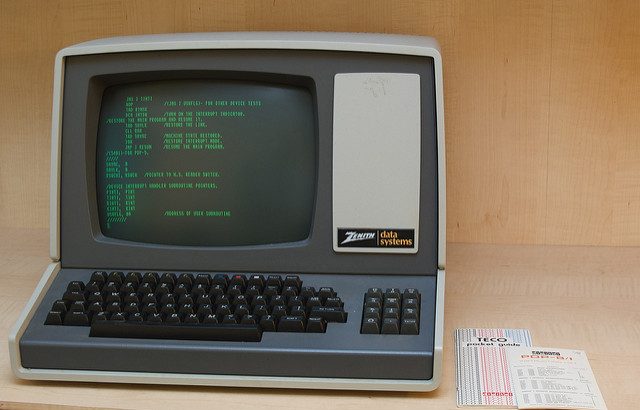If you follow any of the content I post around the internet, you might have seen me asking questions about trying to get data out of azure_rm_*_facts into something that’s usable. I can’t go into why I needed that data yet (it’s a little project I’m working on), but the upshot is that trying to manipulate data using “set_fact” with jinja is *doable* but *messy*. In the end, I decided to hand it all off to a new ansible module I’m writing. So, here are the things I learned about this.
- There’s lots more documentation about writing a module (a plugin that let’s you do stuff) than there is about writing filters (things that change text inline) or lookups (things that let you search other data stores). In the end, while I could have spent the time to figure out how better to write a filter or a lookup, it actually makes more sense in my context to hand a module all my data, and say “Parse this” and register the result than it would have done to have the playbook constantly check whether things were in other things. I still might have to do that, but… you know, for now, I’ve got the bits I want! :)
- I did start looking at writing a filter, and discovered that the “debugging advice” on the ansible site is all geared up to enable more modules than enabling filters… but I did discover that modules execute on their target (e.g. WebHost01) while filters and lookups execute on the local machine. Why does this matter? Well…..
- While I was looking for documentation about debugging Ansible code, I stumbled over this page on debugging modules that makes it all look easy. Except, it’s only for debugging *MODULES* (very frustrating. Well, what does it actually mean? The modules get zipped up and sent to the host that will be executing the code, which means that with an extra flag to your playbook (
ANSIBLE_KEEP_REMOTE_FILES– even if it’s going to be run on “localhost”), you get the combined output of the script placed into a path on your machine, which means you can debug that specific play. That doesn’t work for filters… - SOO, I jumped into #ansible on Freenode and asked for help. They in turn couldn’t help me (it’s more about writing playbooks than writing filters, modules, etc), so they directed me to #ansible-devel, where I was advised to use a python library called “q” (Edit, same day: my friend @mohclips pointed me to this youtube video from 2003 of the guy who wrote q explaining about it. Thanks Nick! I learned something *else* about this library).
- Oh man, this is the motherlode. So, q makes life *VERY* easy. Assuming this is valid code: All you’d need to do would be to add two lines, as you’ll see here: This then dumps the output from each of the
q(something)lines into/tmp/qfor you to read at your leisure! (To be fair, I’d probably remove it after you’ve finished, so you don’t fill a disk :) ) - And that’s when I discovered that it’s actually easier to use
q()for all my python debugging purposes than it is to follow the advice above about debugging modules. Yehr, it’s basically a load of print statements, so you don’t get to see stack traces, or read all the variables, and you don’t get to step through code to see why decisions were taken… but for the rubbish code I produce, it’s easily enough for me!
Header image is “Zenith Z-19 Terminal” by “ajmexico” on Flickr and is released under a CC-BY license. Used with thanks!
